Simple Tips To Help Deal With Lactose Intolerance
Lactose intolerance is a health condition that occurs when the body is unable to easily digest lactose, which is a natural sugar found in cow's milk. Individuals who suffer from lactose intolerance usually have a deficiency of an enzyme called lactase, which is responsible for breaking down lactose in the body. Symptoms of lactose intolerance are similar to those seen in irritable bowel disease and include bloating, gas, diarrhea, abdominal pain, and skin problems. While lactose intolerance is not curable, there are simple tips that can help individuals manage their condition and live quite normally.
Lactase Enzyme
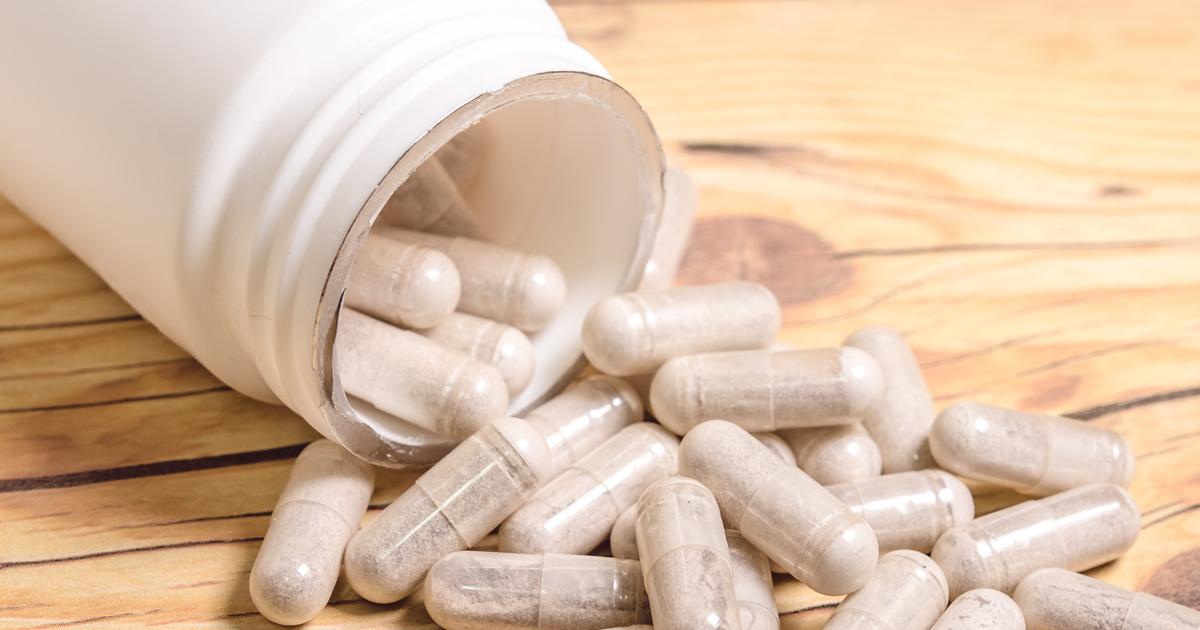
Milk and dairy products seem to be hidden in just about every food, making lactose almost impossible to avoid. Supplementing with the lactase enzyme is a good way to help the body break down lactose if it is accidentally consumed. Lactase supplements can be purchased at any health food store. Individuals should keep them nearby whenever they are eating as lactase will need to be taken as soon as anything with lactose is consumed.
Individuals should take another lactase supplement if lactose is still being consumed anywhere from twenty to forty-five minutes after the initial bite. Some supplements may recommend that individuals take one before consuming anything with lactose in it, so it is important to verify with the directions on the bottle.
Experiment With Non-Dairy Milk
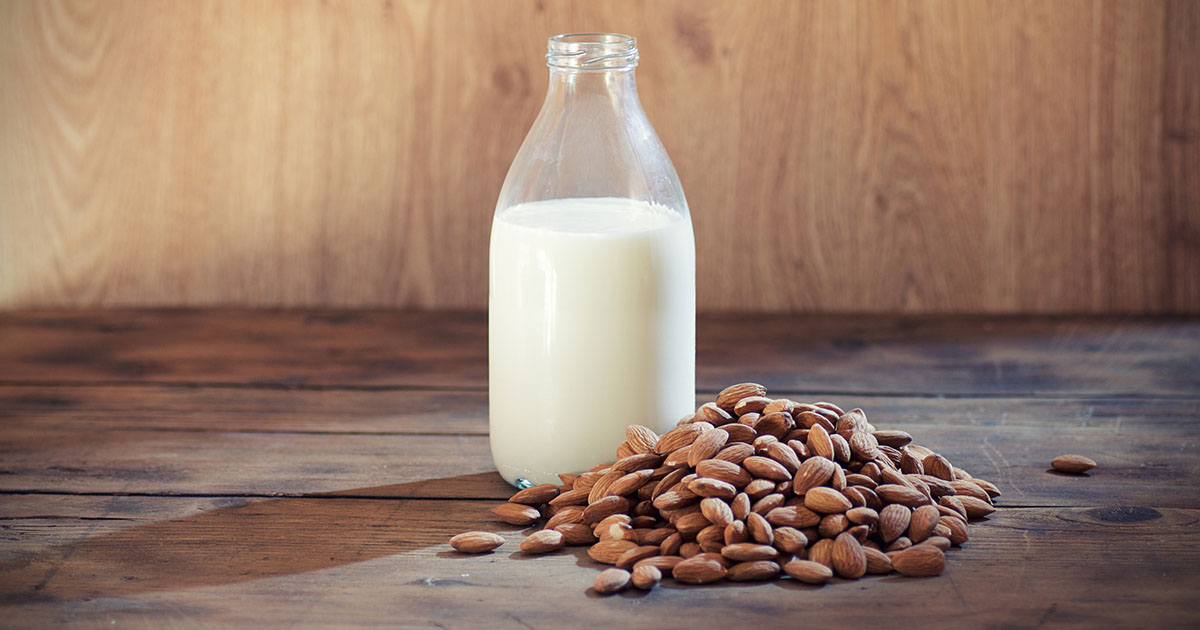
Non-dairy milk is a good way for individuals with lactose intolerance to enjoy milk without the pain and discomfort that accompanies consuming regular milk. Individuals should experiment with a few different types to find the best option for them. Unsweetened almond milk is lower in calories than cow's milk, is relatively easy to digest, and does not raise blood sugar levels. Other good options include hemp, rice, soy, coconut, and cashew milk. Individuals can add some non-dairy milk to morning cereal or use it to make a healthy smoothie.
Take A Cooking Class

Sometimes there is no good alternative for giving up a problematic food. Instead of looking for a replacement, individuals can learn to work around it. For instance, they can pile more vegetables on burritos and add more spices to baked vegetable dishes to boost flavor. It is a great idea to invest in a lactose-free cookbook and experiment with new recipes or take a cooking class specializing in dairy-free meals. Most individuals who have given up certain foods do not crave them anymore after a certain amount of time. Thus, learning to cook and taking work wonders in making these cravings disappear. Delicious food is simply delicious, and if done right, no one will miss the dairy!
Nutritional Yeast
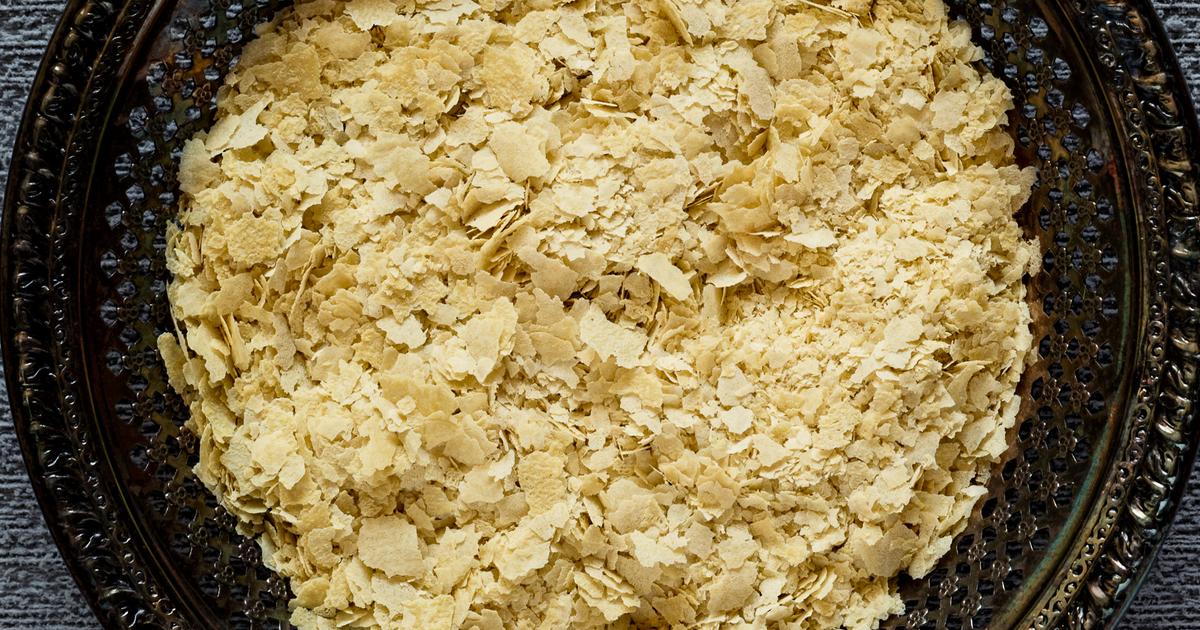
If cheese is a must on pizza, individuals with lactose intolerance may wish to try sprinkling on some nutritional yeast on the crust in place of regular cheese before popping the pizza in the oven. Nutritional yeast is inactive yeast with antiviral, antibacterial, and immune-boosting properties. It is naturally flaky, yellow in color, and does have a cheesy taste to it, which makes it a good replacement for regular cheese. Nutritional yeast even melts similar to cheese when it is baked in the oven. Individuals can also sprinkle it on pasta dishes and blend it with coconut milk for vegan macaroni and cheese.
Go Bananas
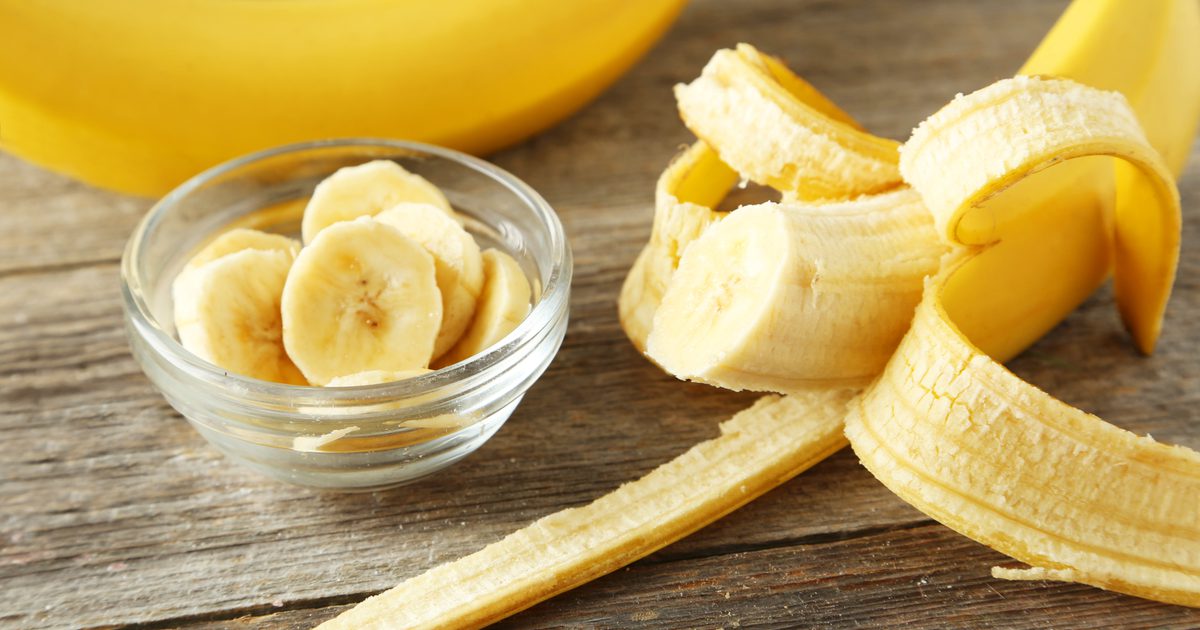
Bananas make a great dairy-free substitute for regular ice cream. They are naturally sweet, creamy, and full of vitamins. Individuals who are lactose intolerant who want to try this management technique should chop up several ripe bananas and freeze them overnight or for four hours in a plastic bag. Once this time has passed, they can take the bananas out and let them soften for a few minutes before adding them to a blender or food processor. They should blend the bananas until a creamy mixture similar to ice cream forms. Then, they can add some healthy ingredients such as raw cacao powder, peanut butter, or fruit.
Lactose-Free Milk

If individuals who are lactose intolerant find non-dairy milk is not thrilling enough for them, they can also try purchasing lactose-free milk. It is the same thing as regular cow's milk, but the lactose has been removed specifically for individuals who are lactose intolerant. Lactase-added milk, in which the lactase enzyme is added to regular cow's milk, is also available to reduce painful symptoms and help with digestion. Affected individuals can use lactase-added milk and lactose-free milk normally in smoothies, on cereal, with a plate of cookies, and in baked dishes.
Greek Yogurt
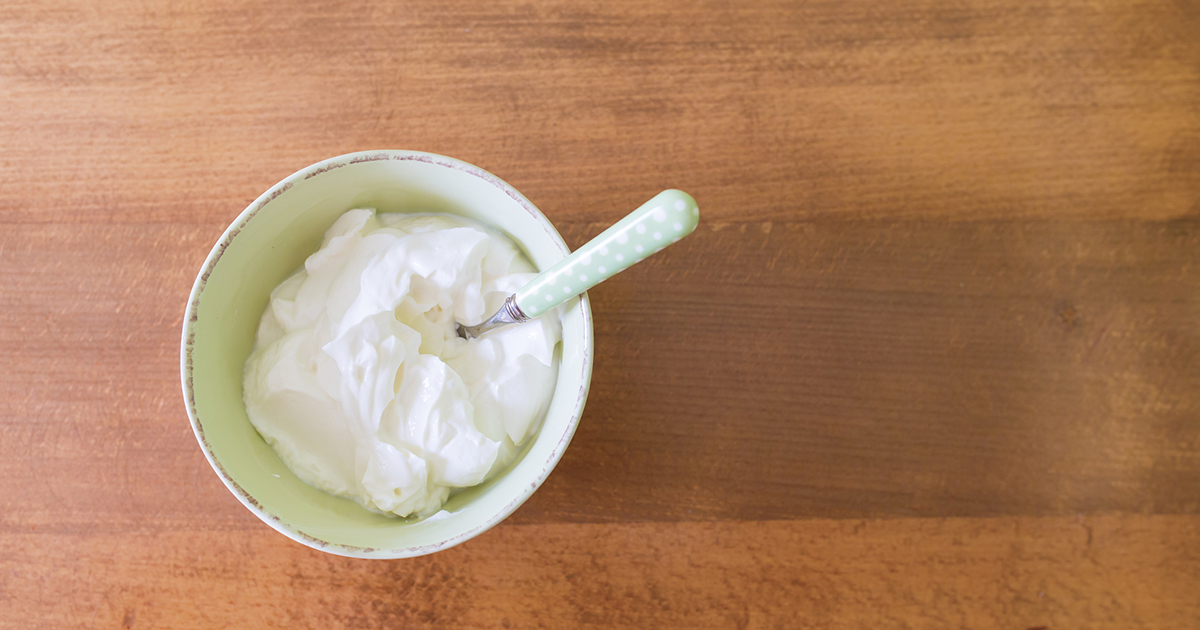
Greek yogurt is made by straining out most of the liquid whey and lactose from regular yogurt. While it is not entirely lactose-free, Greek yogurt contains a significantly lower amount of lactose than regular yogurt, and this lower amount is generally well-tolerated in individuals who have experienced a sensitivity or intolerance to other dairy products containing lactose. Greek yogurt is made with bacterial cultures known as probiotics that help improve digestion. Many brands of Greek yogurt also contain twice the protein of regular cow's milk brands, which makes them even healthier. Individuals who want to try greek yogurt should buy an unsweetened brand and add in fresh fruit or raw honey.
Cheese Substitutes

Non-dairy cheese alternatives feature cheese made with soy, rice, and nut-based kinds of milk. Many cheese substitutes can be purchased in the vegan area of most grocery stores, though if a grocery store does not have a dedicated section, they are often found right next to the regular cheese. Some non-dairy cheese can even be made at home! To make vegan cashew cream cheese, individuals should soak cashews overnight in water. Then, they can rinse and drain cashews and add them to a blender along with nutritional yeast, sea salt, lemon juice, and water. Once this is done, all individuals need to do is blend until the mixture is creamy and then they can spread on bagels, toast, and fruit dishes.
Consider Consuming Small Amounts Daily
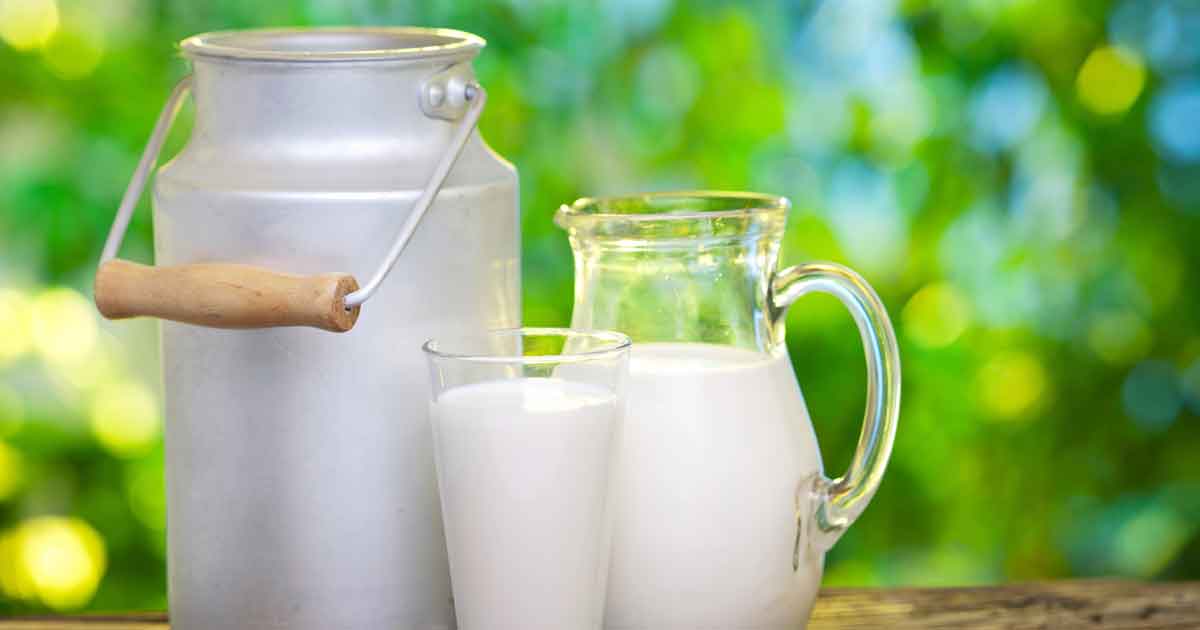
Consuming lower amounts of lactose regularly can help individuals determine their physical limits to lactose, as well as get their body used to consuming it. As such, individuals with lactose intolerance should consider consuming small amounts of products containing lactose daily. They can have smaller amounts of milk, though experts recommend consuming no more than four ounces of milk at a time, and adjust their consumption patterns according to their personal levels of discomfort. Eating or drinking small amounts at a time, and gradually increasing the rate of consumption, can help an individual's body get used to lactose and may help stimulate the production of lactase. This will help their body better tolerate the consumption of lactose products.
Experiment With Different Dairy Products

At this point, it should be clear individuals should experiment with different dairy products to better determine their limits and what foods and drinks they can easily consume. This is a workable strategy when it comes to lactose intolerance because not all dairy products are created equal. For example, many individuals with milder forms of lactose intolerance find they have an easier time consuming full-fat dairy products, including whole milk and cheese. Furthermore, the amount of lactose in different foods and drinks vary.
Low lactose dairy products include softer and aged cheeses, such as yogurt with live cultures, cottage cheese, as well as other processed and natural cheeses. Higher lactose dairy products include buttermilk, cream cheese, ice cream, and sour cream. If individuals are trying to determine their limits with lactose, they should move slowly and experiment with different dairy products.
Try Probiotics

Probiotics are small organisms that live in an individual's digestive system. There is ample evidence to suggest probiotics are critical to the maintenance of a healthy digestive system. Fortunately, individuals with digestive issues like lactose intolerance can take probiotics in capsule form to help deal with their condition. A 2018 meta-analysis looked into fifteen different studies of the connection between probiotics and lactose intolerance.
While the degree of assistance provided varied from study to study, the meta-analysis concluded there was a positive relationship between easing the symptoms of lactose intolerance and trying probiotics. As such, if individuals are having problems consuming dairy products, they may want to consider trying probiotics.
Maintain A Balanced Diet
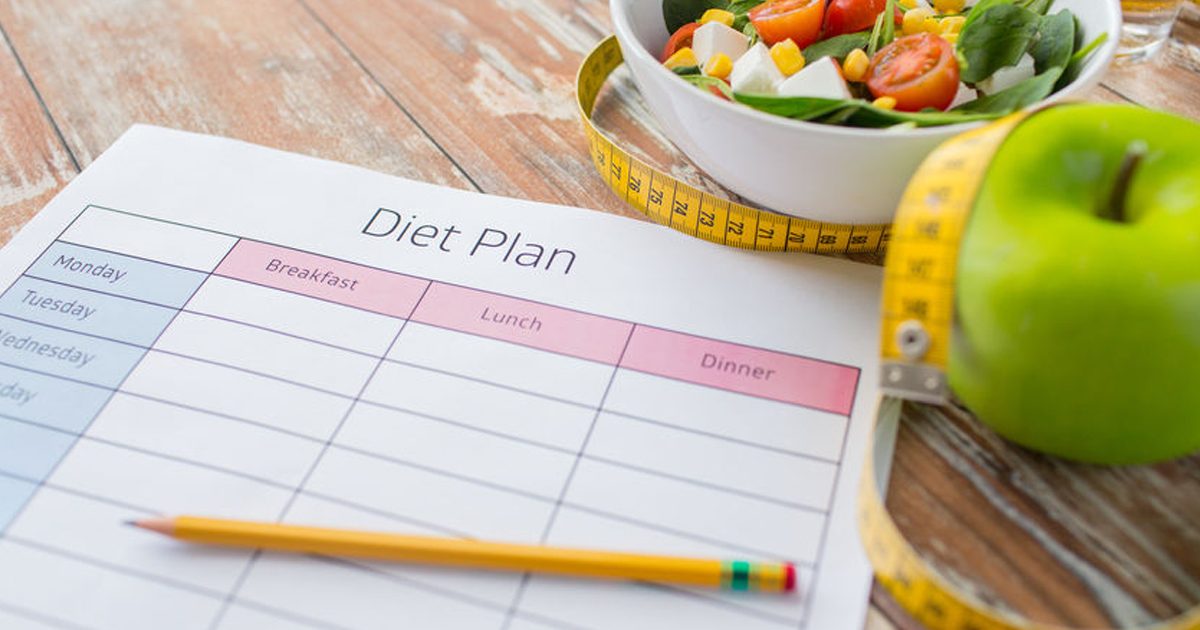
Even if individuals have lactose intolerance, it is critical to both their comfort level and overall health for them to maintain a balanced diet. Indeed, one of the many problems with lactose intolerance is it can cause a variety of nutritional defects. For example, many with lactose intolerance wind up consuming inadequate amounts of vitamin D and calcium, as confirmed by a 2017 study in the Journal of Nutrition. As such, affected individuals will have to put extra effort into ingesting these vital nutrients.
Supplements are always good options when it comes to doing so, but other foods are rich in calcium. Experts recommend that individuals who are lactose intolerant add other foods to their diet, such as broccoli, canned salmon, oranges, pinto beans, and spinach. They should also try other milk products, like soy milk or rice milk, to make up the lost calcium and vitamin D.
